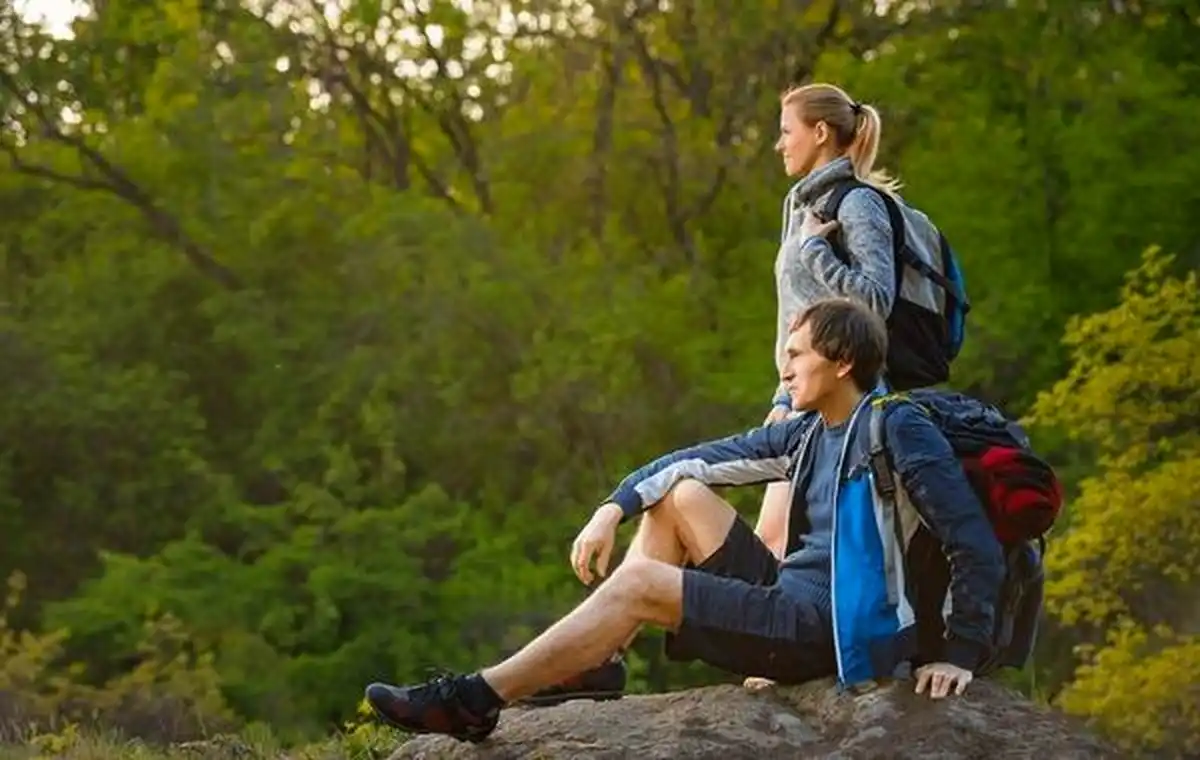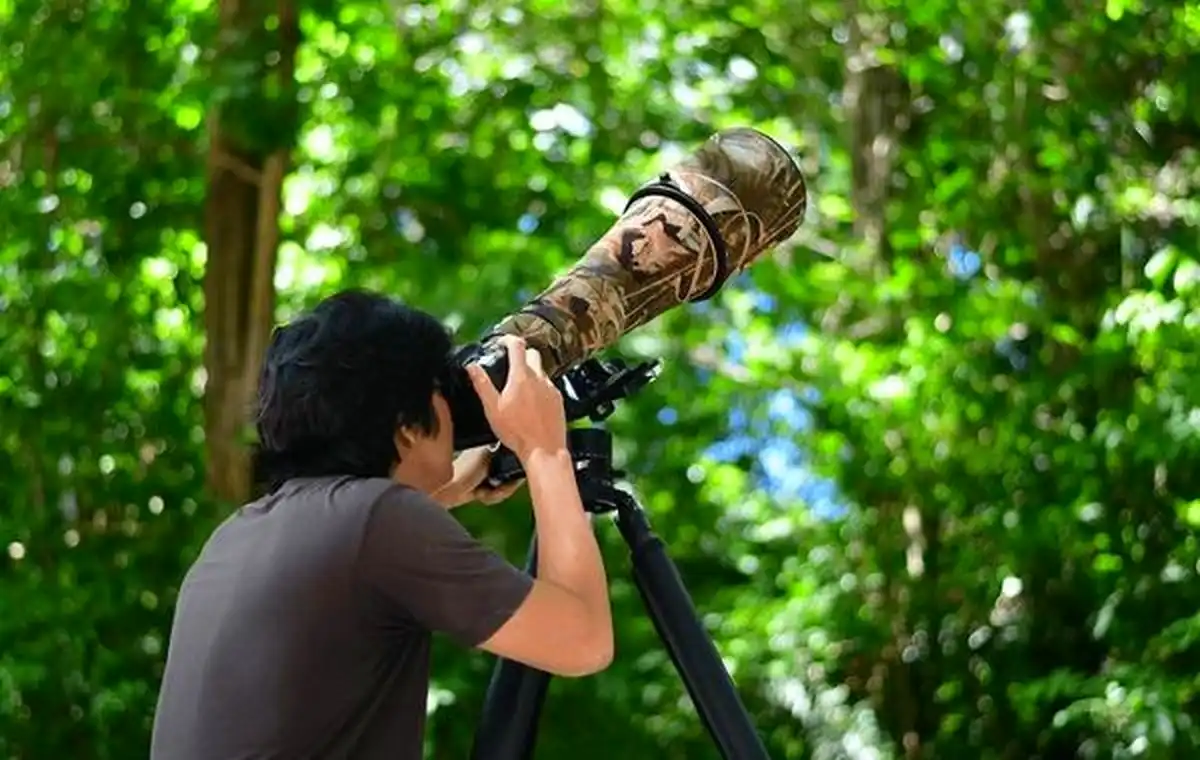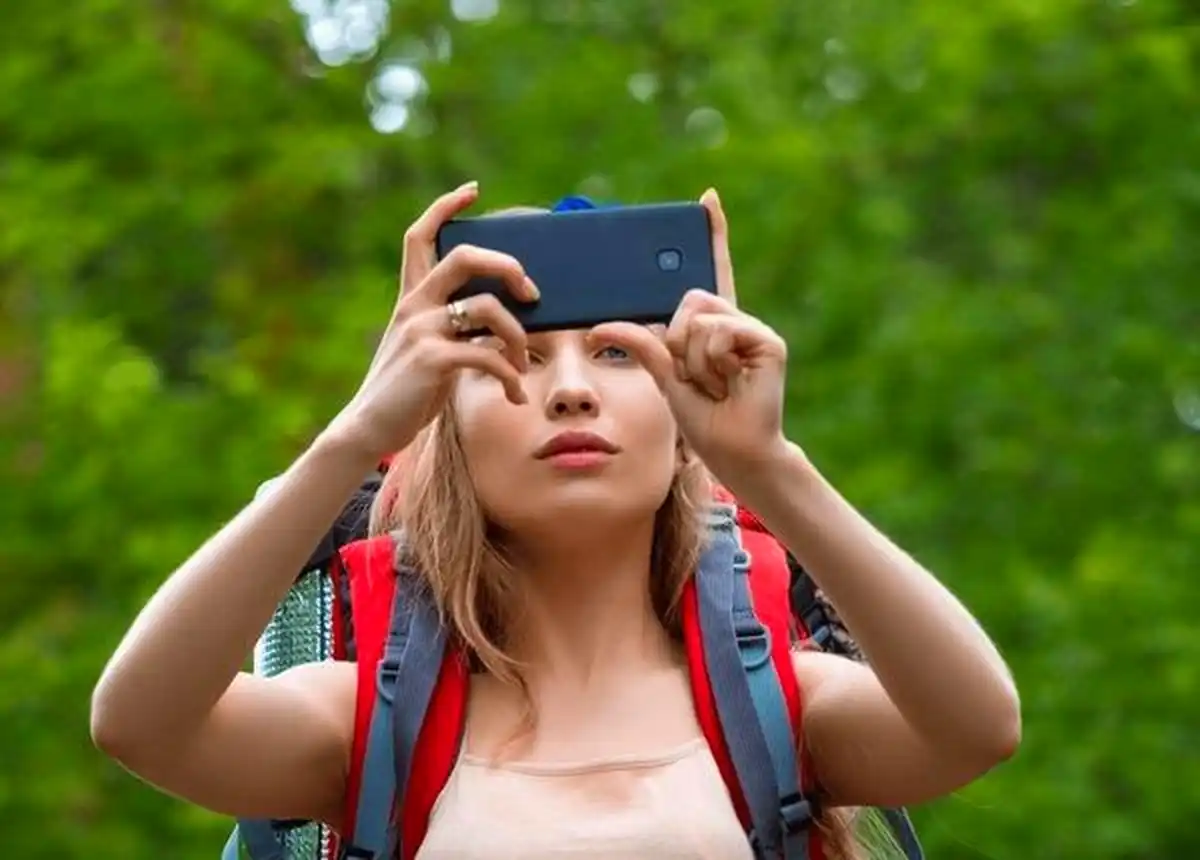
Exploring the Impact of Community-Based Tourism on Local Economies
Sophia Romine - Mar 15, 2025 - 7 min read


When preparing to go out into the woods for a trekking escapade, there is a need to choose some gear that is environmental-friendly. Opt for items such as recycled nylon, organic cotton, or bamboo, if possible. Obtain the companies that will carry out activities with eco-friendliness and certification in regard to your equipment produced on minimal harm to the environment. Borrowing Gear
Consider renting or borrowing equipment for your hiking trip so as to reduce waste and the consumption of resources. Outdoor gear rental companies have top quality equipment, usually at relatively reasonable prices. So you can enjoy your adventure without creating demand for new products. Borrowing from friends or family is a good and cost-effective way to make your hiking trip more sustainable.
Buy products that can withstand the activities you do and that can withstand one adventure without being swapped. Quality equipment, while pricier to get upfront, saves money due to less frequent replacement over the long term. Aim to buy items that allow you to repair aspects, learn some basic repair techniques to extend the lifetime of your gear, and reduce your waste footprint while benefiting from sustainable outdoor businesses.
2. Responsible Route Planning and Researching Low Impact Trails
Research and select trails with a high conservation value for the environment before embarking on your hike. Choose a trail in a designated wilderness area, national park, or nature reserve with well-maintained paths and minimal human impact. Avoid sensitive ecosystems, fragile habitats, and erodible or degradable areas.
Practice the Leave No Trace principles to have the least impact on the environment. All trash: food waste, biodegradable materials must be taken from the land to ensure unspoiled scenic views of the landscape are maintained. Always travel on marked trails to minimize soil erosion and habitat destruction, and not startle or displace wild animals or plant species. Enjoy natural objects and cultural artifacts to leave them for others; future generations get a chance to find the objects undisturbed.
Go during off-peak hours to hike since this way, you are reducing overcrowding and stress on the natural resource. Stay clear of the peak season, weekends when most of the trails will be very congested; go during weekdays or during the shoulder season. Spreading visitation will also help to leave a quieter time to have a good hiking experience without much interference from people but also lighten the pressure to the surrounding environment and locals.
When deciding on food for your hikes, keep in mind that you are choosing lightweight, nutritious food with minimal packaging. Use reusable containers and bulk snacks to reduce as much single-use plastic as possible. Choose local and organic ingredients when possible-this supports local agriculture and cuts the carbon associated with transport.
Bring a filtration system and a refillable bottle with you so that you can enjoy clean drinking water during your hiking adventure; instead of using single-use plastic bottles, you invest in light, portable water filters or purification tablets to treat any natural source: streams, rivers, or lakes. Thus, you avoid having to rely on bottled water and minimise plastic waste while promoting responsible water use outdoors.
Dispose of food waste and wastewater properly to prevent the contamination of natural water sources and soil. Pack out all food scraps and biodegradable waste in sealed containers to avoid attracting wildlife and disrupting ecosystems. Use designated toilet facilities or practice Leave No Trace principles for human waste disposal, such as burying waste in a cathole dug at least 6-8 inches deep and 200 feet away from water sources, trails, and campsites.
For instance, in preparing your hike, think about your transportation. You could be the first to adopt the new transport system: carpooling, public means of transport, electric cars, or even bicycles. To reduce carbon footprint by not traveling long distances, one may opt for a close trail or engage in various activities in one trip and hence reduce carbon footprint emission through travel.
Offset carbon dioxide emissions from your hike with funding for renewable energy projects, or invest in a carbon offset program. Carbon offsets are available through most agencies and fund activities like the planting of new forests, development of renewable sources, or methane capture. Take an online carbon calculator that will help you find some offset programs that reflect the values and priorities. Green Camping
When camping during your trek, use low-impact campsites and follow good camping practices. Use established tent pads or rocky surfaces to avoid damaging vegetation and soil. Do not create new fire rings or gather firewood from natural environments. Instead, use portable camp stoves or existing fire rings when allowed.
Respect wildlife's space while hiking; observe wildlife by far distance to not stress and disturb animals, using binoculars or camera with a zoom lens. Avoid feeding and any form of interaction with wildlife because this often interrupts natural behaviors of the species and creates dependence on human food sources.
Always stick to designated trails and do not make shortcuts or paths on sensitive habitats. Treadmill hiking tends to step on vegetation and can create soil erosion that has the tendency to linger on in the ecosystem and wildlife habitats. Keep abreast with the latest trail closure and restriction information to prevent damage to sensitive areas and give space for natural regeneration and recovery.
Leave natural objects such as rocks, plants, and artifacts to others and to the generations to enjoy. Never tempt yourself into taking a souvenir or taking something from the natural environment since this may interfere with the ecological processes and weaken the experience of others. Take pictures and memories; do not leave any indication that you were in the wild.
Support conservation organizations and initiatives to preserve natural landscapes and habitat for wildlife. Consider contributing by donating or volunteering to support trail maintenance, habitat restoration, or environmental education programs. Supporting conservation ensures the beauty and biodiversity of the places you love are preserved.
Engage with citizen science projects that generate data on wildlife populations, habitat health, and other environmental changes. Many conservation organizations depend on volunteer observers to provide information that assists in the decision-making for conservation actions and management actions. Through citizen science endeavors, you can contribute towards scientific research while engaging with outdoor activities like birdwatching, wildlife monitoring, or plant identification.
Be a good steward for the environment, especially within your community and in the broader society, educating other fellow hikers and explorers about the value of conservation and sustainability. Provide a model of being true to a Leave No Trace ethic, encouraging others to follow in your footsteps. Together, we shall save this earth, and generations yet unborn will appreciate nature's beauty.
Be a minimalist by only packing the right gear needed for your hiking trip. Choose multi-use items and layering clothes that would lighten up the weight and bulge of your backpack. Think twice before you start piling stuff in as excess gear weighs you down and raises your impact on the environment.
Less non-reusable items such as single-use cutlery, paper napkins and plastic containers. Use instead light utensils, cleanable napkins, silicone bags for foodstuffs when in the mountain. Take all kinds of wastes and recyclables with you as you leave the trails so you won't make a trail.
Simplify your routine and adopt a minimalist mindset when hiking to enjoy the experience and connection with nature. Leave behind distractions such as electronic devices and unnecessary amenities to fully immerse yourself in the natural environment. Practice mindfulness and gratitude for the beauty and serenity of the wilderness, finding joy in the simple pleasures of outdoor exploration.
Have the courage to lead by example and encourage people to adopt these sustainable practices while hiking and exploring the outdoors. Share your knowledge and experiences with friends, family, and fellow outdoor enthusiasts, not only to raise awareness but also help others understand the importance of conservation. Encourage people to join you in adopting eco-friendly habits that protect the environment for future generations.
Educate and empower others to be good environment stewards, giving them knowledge and information along with access to tools in order to promote sustainable hikes. Offer advice, know-how, and resources for lightening up on the environmental preservation footprint while enjoying recreational activities outdoors and empower others to be a change-agent in creating positive impacts upon the health and vitality of our world.
Work together with local communities, outdoor organizations, and government agencies to develop a sustainable and environmentally conscious culture. Support initiatives focused on conservation, sustainable tourism, and outdoor recreation through the preservation of natural resources and cultural heritage. By working together with others who also have a passion for protection of the environment, lasting change can be created in pursuit of a brighter future for our planet.

Sophia Romine - Mar 15, 2025 - 7 min read

Brian Garrity - Mar 12, 2025 - 9 min read

Emily Hazel - Mar 4, 2025 - 7 min read

Emily Hazel - Feb 25, 2025 - 10 min read